Contact Details
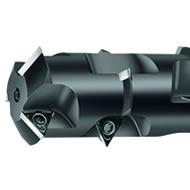
 Walter has expanded the range of its innovative T2711/T2712 thread milling cutter family for cutting large threads with two new tool bodies for the M56 and M64 threads and three new thread milling cutter inserts. Walter's multiple-row T2711/T2712 thread milling cutter family, which can increase productivity for some applications by as much as 90 percent, can now be used for all dimensions in the coarse-pitch thread range.
Walter has expanded the range of its innovative T2711/T2712 thread milling cutter family for cutting large threads with two new tool bodies for the M56 and M64 threads and three new thread milling cutter inserts. Walter's multiple-row T2711/T2712 thread milling cutter family, which can increase productivity for some applications by as much as 90 percent, can now be used for all dimensions in the coarse-pitch thread range.
The T2711/T2712 thread milling system combines the advantages of thread milling with those of thread tapping. Multiple thread sections can be machined simultaneously with high cutting parameters, enabling machining times comparable to those of thread tapping and forming.
In addition to quick machining, users also benefit from the high degree of process reliability of thread milling and the cost benefits of an indexable insert tool. The new thread milling cutter inserts with smaller corner radii enhance the versatility of the existing tool bodies, and the two new tool bodies allow M56 and M64 coarse-pitch threads to be cut. UNC, UNF, M and MF thread sizes starting at 1 in. dia. (24 mm) can be machined with the existing T2711/T2712 tool bodies and inserts.
The new thread milling cutter inserts enable users to cut finer pitches. Because of these inserts, the multiple-row bodies can cut not just one or two pitches, but many when the row spacing is an integral multiple of the pitch. And with the new tool bodies, virtually any pitch between 6-18 TPI. (1.5 and 6 mm) can be cut. This means that users who are already working with the Walter T2711/T2712 thread milling cutters can now produce numerous pitches, instead of just one or two, with a single tool body. In addition, with just a few tools, users can cut not just multiple pitches, but also common and less common thread sizes.
Related Glossary Terms
- gang cutting ( milling)
gang cutting ( milling)
Machining with several cutters mounted on a single arbor, generally for simultaneous cutting.
- indexable insert
indexable insert
Replaceable tool that clamps into a tool body, drill, mill or other cutter body designed to accommodate inserts. Most inserts are made of cemented carbide. Often they are coated with a hard material. Other insert materials are ceramic, cermet, polycrystalline cubic boron nitride and polycrystalline diamond. The insert is used until dull, then indexed, or turned, to expose a fresh cutting edge. When the entire insert is dull, it is usually discarded. Some inserts can be resharpened.
- milling
milling
Machining operation in which metal or other material is removed by applying power to a rotating cutter. In vertical milling, the cutting tool is mounted vertically on the spindle. In horizontal milling, the cutting tool is mounted horizontally, either directly on the spindle or on an arbor. Horizontal milling is further broken down into conventional milling, where the cutter rotates opposite the direction of feed, or “up” into the workpiece; and climb milling, where the cutter rotates in the direction of feed, or “down” into the workpiece. Milling operations include plane or surface milling, endmilling, facemilling, angle milling, form milling and profiling.
- milling cutter
milling cutter
Loosely, any milling tool. Horizontal cutters take the form of plain milling cutters, plain spiral-tooth cutters, helical cutters, side-milling cutters, staggered-tooth side-milling cutters, facemilling cutters, angular cutters, double-angle cutters, convex and concave form-milling cutters, straddle-sprocket cutters, spur-gear cutters, corner-rounding cutters and slitting saws. Vertical cutters use shank-mounted cutting tools, including endmills, T-slot cutters, Woodruff keyseat cutters and dovetail cutters; these may also be used on horizontal mills. See milling.
- pitch
pitch
1. On a saw blade, the number of teeth per inch. 2. In threading, the number of threads per inch.
- tapping
tapping
Machining operation in which a tap, with teeth on its periphery, cuts internal threads in a predrilled hole having a smaller diameter than the tap diameter. Threads are formed by a combined rotary and axial-relative motion between tap and workpiece. See tap.

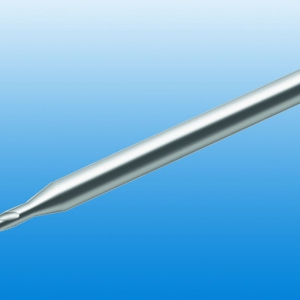

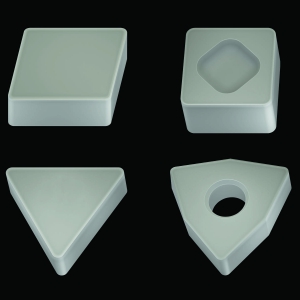
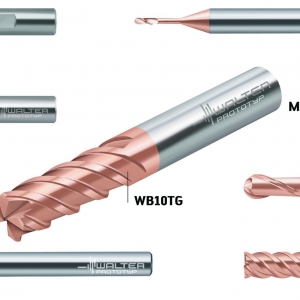
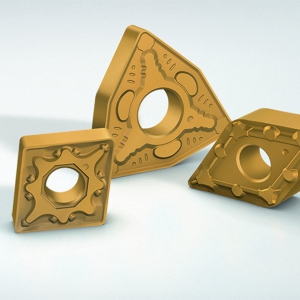

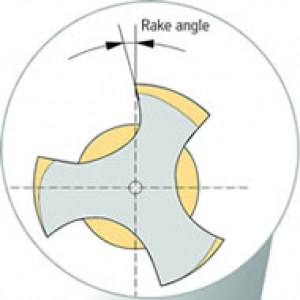
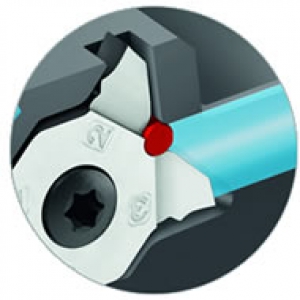

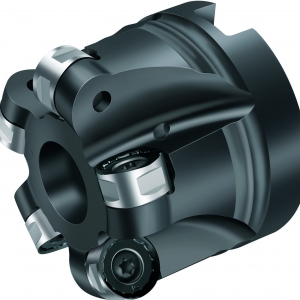
 PRODUCTS
PRODUCTS

